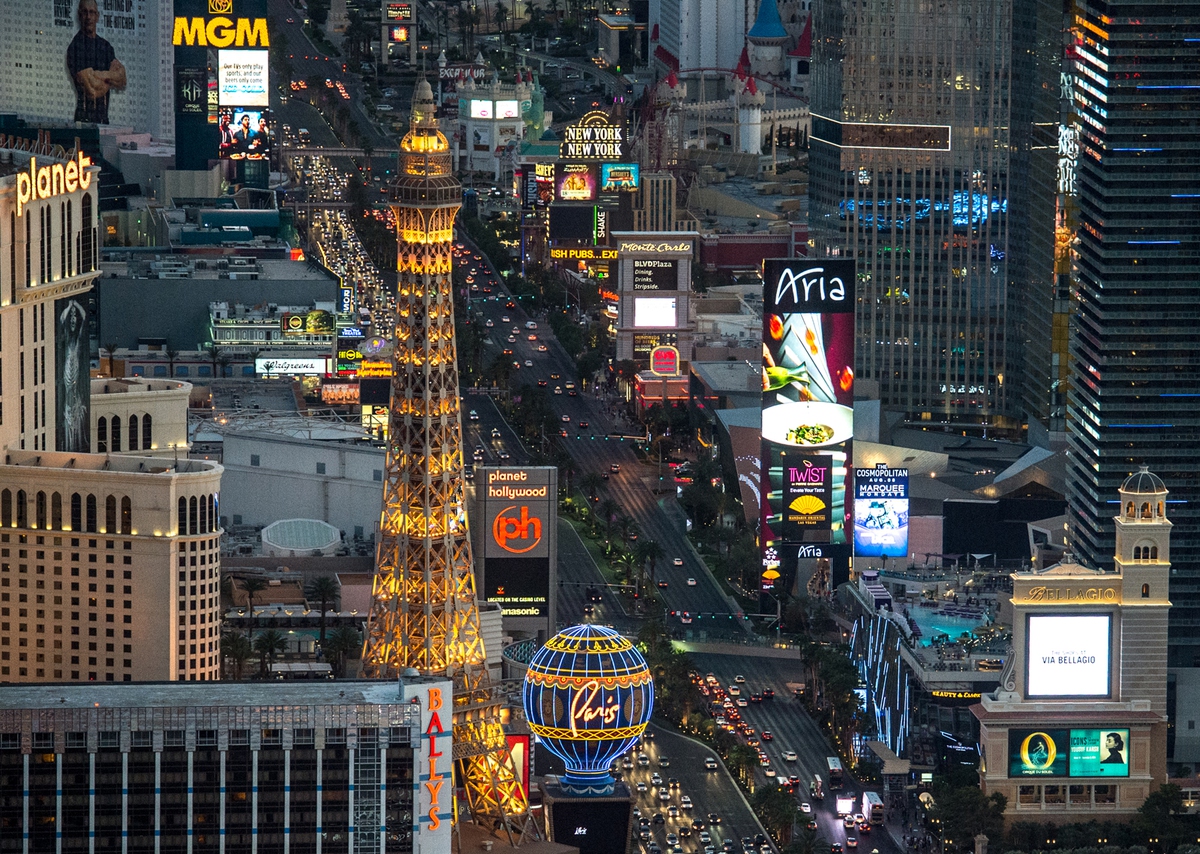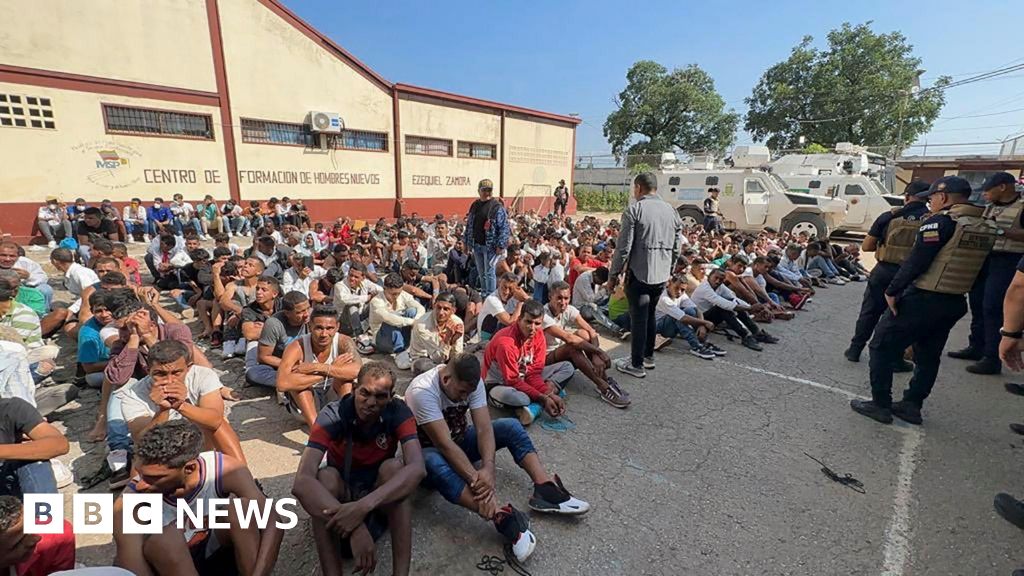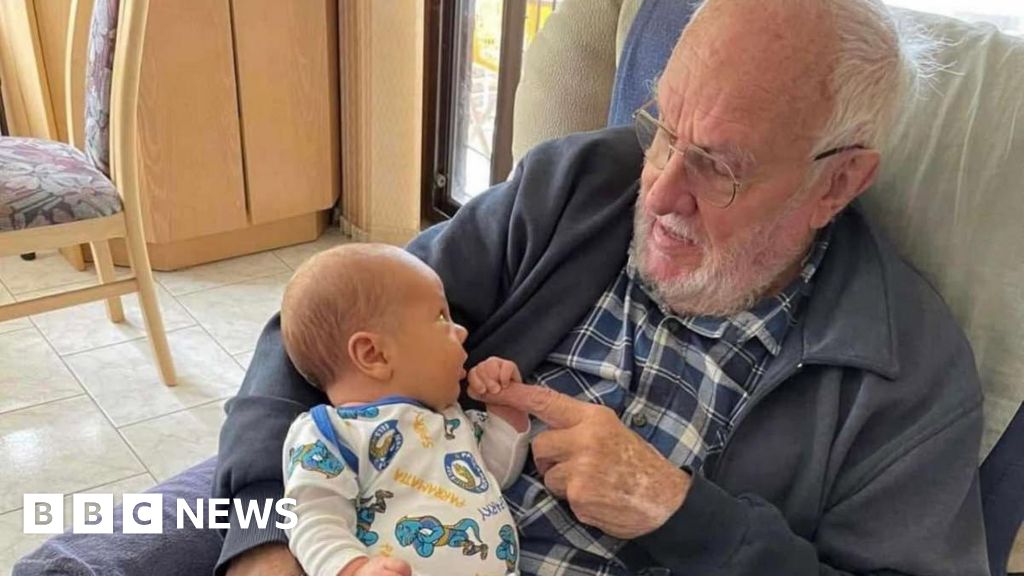Tuesday, Nov. 4, 2025 | 2 a.m.
Editor’s note: “Behind the News” is the product of Sun staff assisted by the Sun’s AI lab, which includes a variety of tools such as Anthropic’s Claude, Perplexity AI, Google Gemini and ChatGPT.
President Donald Trump’s hosting of a “Great Gatsby”-themed Halloween party Friday at Mar-a-Lago has drawn widespread criticism because it coincided with the expiration of Supplemental Nutrition Assistance Program benefits for approximately 42 million Americans the following day. This juxtaposition has intensified concerns about wealth inequality and the administration’s priorities. [1, 2]
Many critics viewed the event as tone-deaf, highlighting its extravagance amid a national crisis over food aid.[19][20][21][22][23]
What was the theme and who were the guests?
The party was themed after the Roaring Twenties with costumes, décor and musical performances inspired by F. Scott Fitzgerald’s novel “The Great Gatsby.” Guests wore 1920s attire, and high-profile attendees included Secretary of State Marco Rubio, family members and wealthy donors such as Isaac Perlmutter, the former Marvel chief. [23][24]
Reactions to the party from the media
Critics and media commentators, including John Oliver and Democratic officials, slammed Trump for throwing a “ridiculously over-the-top” party while millions faced food insecurity.[19, 20, 21, 25]
Observers noted the symbolic clash with the themes of “The Great Gatsby,” a novel famous for critiquing conspicuous consumption and social inequality.[19, 20]
The White House described it as “A little party never killed nobody,” referencing a song from the 2013 Gatsby film adaptation. However, literary experts have pointed out that Gatsby’s parties in the book represent emptiness and social division, not mere celebration.[2]
What are the implications?
The timing and ostentatious nature of the event led to renewed scrutiny of Trump’s relationship with wealthy donors and efforts to raise funds for a new ballroom at Mar-a-Lago through anonymous contributions, some possibly from businesses with ties to his administration. Public trust and ethical concerns surrounding such fundraising practices were highlighted alongside strong disapproval of Trump’s economic management in national polls.[20]
‘The Great Gatsby’ novel and its parallels
Fitzgerald’s 1925 novel is a literary classic widely studied for its sharp critique of the American elite in the 1920s. The novel focuses on Jay Gatsby, a wealthy but mysterious man who throws extravagant parties in pursuit of love and status. The story exposes the stark wealth disparities of the time, highlighting the excesses and moral emptiness of the rich, while much of the working class struggles with poverty and limited opportunity. [3, 4]
Key themes of the novel
The novel critiques the obsession with wealth and materialism in 1920s America, exposing how the pursuit of money often leads to emptiness and moral decay. It reveals clear divisions between the wealthy elite who flaunt their status and the working class who struggle to improve their lives, demonstrating the rigid class distinctions and difficulty of crossing social boundaries.
The story questions the American dream itself, suggesting it is often a hollow fantasy — Gatsby’s rise from poverty to wealth is shadowed by crime and tragedy. The novel also portrays a world of lies, infidelity and lack of justice, painting a bleak picture of the moral landscape among the Jazz Age elite. [3, 4]
Symbolic elements
Three key symbols deepen the novel’s exploration of wealth disparity and moral emptiness:
- The green light: Symbolizes Gatsby’s hopes and dreams for the future, especially his desire to reunite with Daisy. It represents the American dream’s promise, but also its elusiveness and the distance between aspiration and reality.
- The eyes of Dr. T.J. Eckleburg: Depicted on a faded billboard overlooking the Valley of Ashes, these eyes symbolize an all-seeing moral conscience or the loss of spiritual values in a morally decayed society.
- The Valley of Ashes: This desolate, industrial wasteland symbolizes the moral and social decay hidden by the glittering façade of wealth and glamour, representing the plight of the poor and the consequences of unchecked industrialization and greed. [3, 4]
SNAP benefits expiration and impact
The Supplemental Nutrition Assistance Program is a critical food assistance benefit for about 42 million people in the U.S., representing roughly 1 in 8 Americans. SNAP helps low-income families, individuals, seniors and children afford nutritious food. Due to the ongoing government shutdown in 2025, funding lapsed Saturday. However, the Trump administration said Monday it would restart SNAP payouts though they will only be half of the normal payout. The administration made the changes after two federal judges ruled Friday that freezing the payments would be unlawful [6, 7, 18]
Food pantries and community organizations, which often supplement SNAP benefits, are already strained, facing overwhelming demand. The expiration of SNAP funding effectively increases reliance on their limited resources, stretching their capacity thin in the face of growing need. [6]
Disproportionate effects on communities of color
The loss of SNAP benefits disproportionately harms communities of color, who are among the highest recipients of these food subsidies due to systemic economic inequalities. Food insecurity worsens health disparities, exacerbating rates of chronic illnesses such as diabetes, hypertension and obesity in these populations. Reduced access to consistent, nutritious food negatively affects physical and mental health, especially among children and elderly adults. [22]
Democratic response and criticism
Prominent Democrats strongly condemned the timing and symbolism of Trump’s party:
California Gov. Gavin Newsom said, “Donald Trump hosted a Great Gatsby party while SNAP benefits were about to disappear for 42 million Americans. He does not give a damn about you.” [1, 9]
U.S. Rep. Ro Khanna, D-Calif., called the juxtaposition unforgivable as Trump “hosts a Gatsby party for billionaires while SNAP benefits expire for 41 million Americans” and demanded policies that “tax the rich” to “feed hungry Americans.” [1, 9]
U.S. Sen. Chris Murphy, D-Conn., expressed astonishment at the administration’s “inhumanity,” stating, “The way he rubs his inhumanity in Americans’ face never ceases to stun me,” condemning the refusal to fund food assistance while throwing an extravagant party for wealthy friends. [1, 9]
Democratic National Committee Chair Ken Martin charged Trump with not caring about millions of Americans without SNAP benefits, saying, “Last night, Trump made it even clearer that he doesn’t give a (expletive) about anyone but himself and his wealthy friends.” [9]
Multiple Democratic leaders filed lawsuits arguing that the Department of Agriculture is legally required to continue SNAP funding using contingency funds, highlighting the urgency and legal obligation to protect vulnerable families. [9, 10]
Health consequences of SNAP ending
The stopping of SNAP benefits will severely increase risks for vulnerable people, especially regarding their health and well-being. SNAP provides critical monthly funds — about $187 per person on average — to help nearly 42 million Americans afford nutritious food. Many recipients have chronic diet-sensitive conditions like diabetes, hypertension and kidney disease that require consistent access to healthy food to manage their illnesses. [11]
Experts warn that even brief interruptions in benefits can lead to skipped meals or a shift toward cheaper, low-nutrition processed foods high in sodium and sugars, worsening these health conditions immediately. Without SNAP, families often face impossible choices between buying food, paying rent, purchasing medications or covering utility bills. Older adults especially rely on SNAP to avoid skipping medications; cuts increase risks of emergency room visits and deteriorating health. [11, 12]
Mental health and child development
The mental health impact is stark: loss of food assistance raises stress, anxiety and depression among both adults and children. Food insecurity disrupts children’s behavior and cognitive performance, potentially causing long-term harm to their development and academic success. This creates a compounding cycle of poor health, financial instability and social disadvantage. [11]
Evidence of mortality risk
There is strong evidence linking food insecurity to increased hospitalizations and premature death:
- A 2021 study found that people with food insecurity were about 3.9 times more likely to be hospitalized when ill than those with food security, with longer recovery times and greater likelihood of prolonged illness. [13]
- A comprehensive 2025 meta-analysis of 19 studies found a significant association between food insecurity and increased risk of all-cause mortality, with a hazard ratio of 1.23. This means food-insecure individuals had a roughly 23% higher risk of premature death compared with food-secure peers. The mortality risk increased with severity of food insecurity, demonstrating a dose-response effect. [14]
Among cancer survivors, food insecurity was linked to a 28% higher risk of death from any cause, and those who were food insecure and not receiving food assistance programs had a 42% increased risk of cancer-specific and all-cause mortality. [15]
Food insecurity is also associated with worse cardiovascular outcomes, higher rates of strokes, heart disease and congestive heart failure, which contribute to increased mortality. [16, 17]
.png)








 English (US) ·
English (US) ·